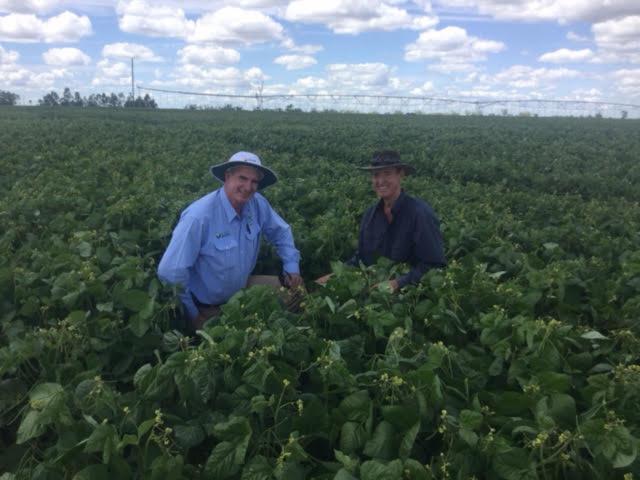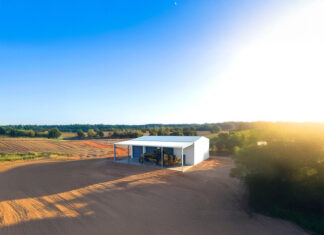
An insatiable appetite for Australian mungbeans continues unabated throughout the world as the local summer legume’s clean, green reputation and traceability is unrivaled. Anywhere.
So says Pulse Australia industry development agronomist – northern region Paul McIntosh who expects the usual 125,000 hectares to be sown to mungbeans this year through southern/ central Queensland and throughout NSW.
But, he adds, favourable seasonal conditions over eastern Australia, as well as possible reduced area or time of sowing opportunities for other summer crop options with more wet weather predicted from another La Nina, may see the area planted up to 200,000ha.
“The world loves Aussie mungs with our clean and green reputation and the traceability factor of our total mungbean crop, exported in mostly 25 kilogram bags,” Mr McIntosh said.
“We usually cannot produce enough mungs or even have continuity of supply for the world’s needs.”
Mr McIntosh says mungbean planting can begin in spring after the soil and air temperatures reach about 20 degrees however traditional planting times have been late summer.
“They are a chilling-sensitive plant with a base temperature requirement of 10.5 degrees, which signifies that warmer soils and air are even more necessary than for other summer crops for sowing times,” he said.
“We prefer our future mungbean soils to have a full profile of moisture. Even with a full profile, a significant rainfall or irrigation event just prior to flowering is very desirable.
“So, I jokingly say many a time, the best window to plant mungs is three to four weeks before two inches-plus of steady rain.”
Mr McIntosh says mungbeans are being grown in various farming systems with short rotation cropping practices in South Burnett, the Central Highlands, Callide Dawson, the Burdekin Delta regions and northern NSW.
Emerging growing areas include the Atherton Tablelands, central and southern NSW, the Riverina and even some in Victoria.
“We do call them a short rotation crop, which is a much different slant than what folks used to say, that they are an opportunity crop,” Mr McIntosh said.
“We much prefer the short rotation crop phrase and I encourage farmers and agros (agronomists) to adopt this terminology to give them – and the crop – a better atmosphere for success.
“Some folks have set mungs up as a pillar crop, with the term ‘pillar crop’ meaning that specific cropping choice as the main summer crop option, with planning and preparation starting months before a mungbean seed goes in the ground.”
Widespread flooding this year – including one memorable 200 millimetres on a Sunday night in March 2022 on the eastern Darling Downs, impacted all crops at physiologically mature stages.
Mr McIntosh says while less than five per cent of the total mungbean area of 125,000ha was lost in 2021/22, downgrading of the crop’s quality has been more problematic.
He says 90 to 95pc translated into processable product and fetched between $1050 to $1150 per tonne.
“The end-point farmer prices did not alter much this year, that is true,” Mr McIntosh said.
“Currently, with more than $1000/t on a clean seed basis for several previous production years, we believe that this is still a solid and profitable price for our farmers.
“Quality of our mungbeans is a key consideration of the price realised.
“For example, the top grade of number ones could return a much higher price per tonne due to their consistent size and lustre.
“So, with the summer of 2022/23 nearly upon us, planting enthusiasm of Aussie mungbeans, combined with sound agronomic advice and suitable weather conditions, is very much anticipated.”






